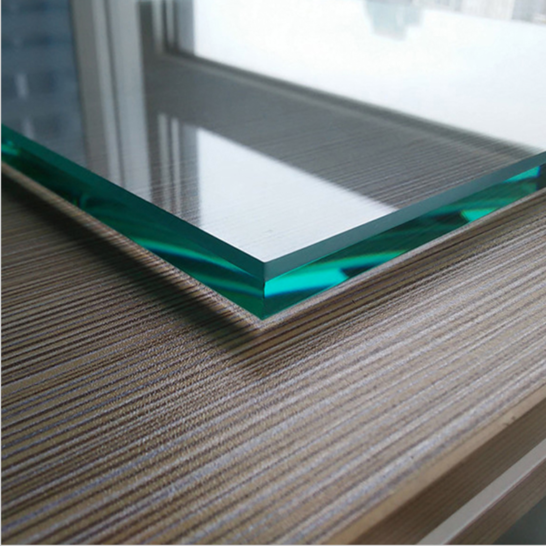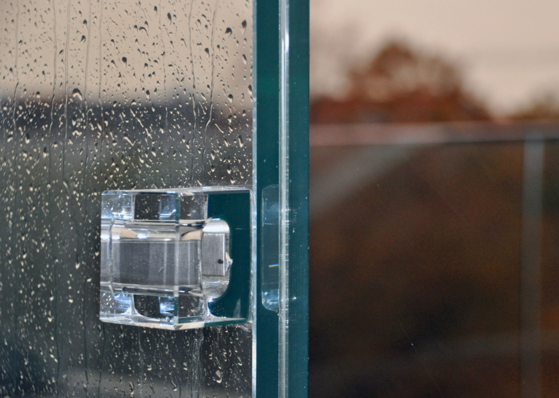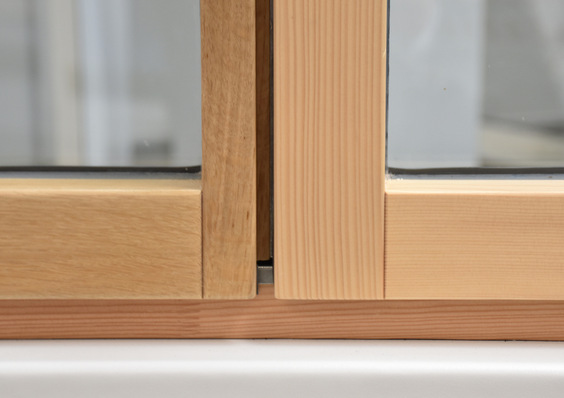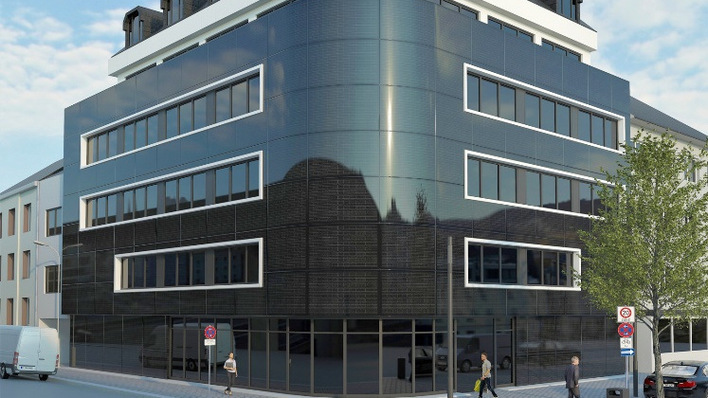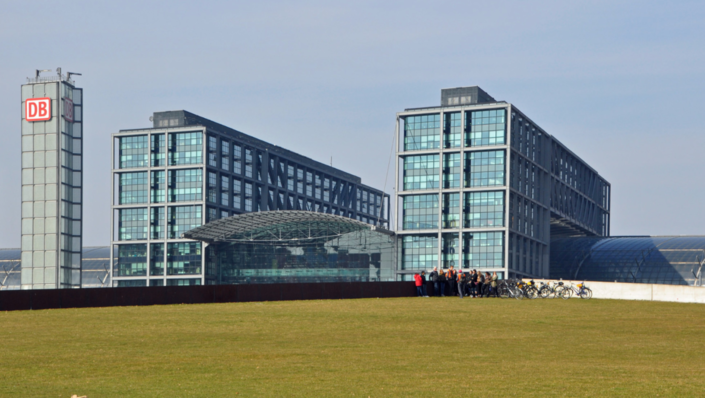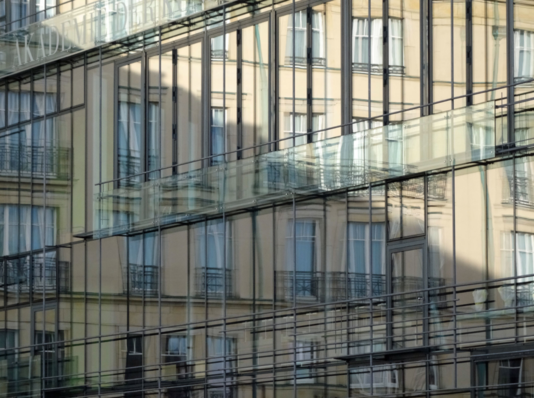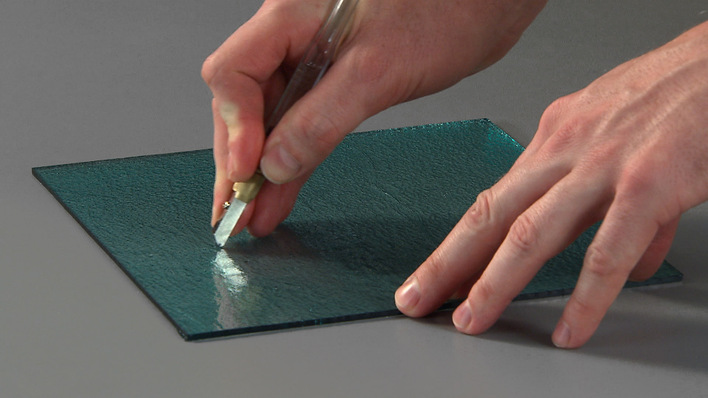Tempered glass is often used in applications where using standard glass could pose a potential danger. Tempered glass is stronger than standard glass and does not shatter into large shards when broken. This is important, because it can greatly minimize potential danger in the case of a break. Manufactured through a process of extreme heating and rapid cooling, tempered glass is much harder than normal glass. In the case that tempered glass does break, it shatters into small pebbles that have no dangerous, sharp edges. As tempered glass is considered to be much safer than normal glass, you may often here it referred to as safety glass or toughened glass. Tempered glass has a wide variety of uses, such as the side windows of a car (but not the windshield, that is made of laminated glass). Another benefit of tempered glass is the ability to stand up to moderate heat (470°F). The process that creates this strengthened glass also makes it heat-resistant. This makes tempered glass a great solution for situations where there is a danger of the glass breaking due to impact or moderate heat. If tempered glass is exposed to higher temperatures, it gradually weakens the structure of the glass thus making it more susceptible to breakage.
How is tempered glass made?
Heat-strengthened glass is cooled at a faster rate than regular annealed glass. The cooling rate affects the strength of the finished glass. While it is stronger, it can break into large, sharp shards when shattered. Tempered glass is cooled at an even faster rate than heat-strengthened glass. Tempered glass is heated in a uniform manner and then cooled rapidly by blowing air on both sides simultaneously making it about four times stronger than normal glass. This process does not alter the properties of normal annealed glass and it retains its colour, stiffness and other characteristics. The glazing process for tempered glass begins with a preparation stage that includes cutting the glass to the desired size and examining the glass for imperfections. Next, the glass is put through a heat treatment in which it is heated to 600 degrees Celsius. The heating treatment is followed by “quenching”, a high-pressure cooling procedure in which the glass is cooled in seconds. The quenching cools the outer surface of the glass more quickly than the centre leaving the centre under tension and the outer surface in compression, thereby giving tempered glass its strength.







